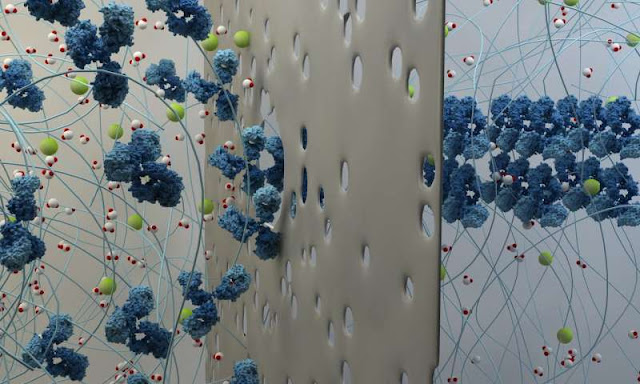Sugar-coated world

Glycans are essential to virtually every biological process in the body. These complex structures—composed of interlocking sugar molecules—adorn the surfaces of cells in fuzzy profusion. Glycans are a crucial part of a cell's identity, helping it communicate with other cells and with the external environment. Glycans are also known to play a vital role in cancer, autoimmune disease and countless other afflictions. Despite their ubiquity and importance, glycans remain among the most enigmatic biological players. "It is clear that these elaborate sugar structures play critical roles in both health and disease, He goes on to say that science still has very little understanding of glycan activity, because unlike other processes in biology, they are not assembled based on a template. Instead, they are produced by a complex interplay of a large family of enzymes that add and remove specific sugars depending on where different family members occur and other factors. "For the fi...





